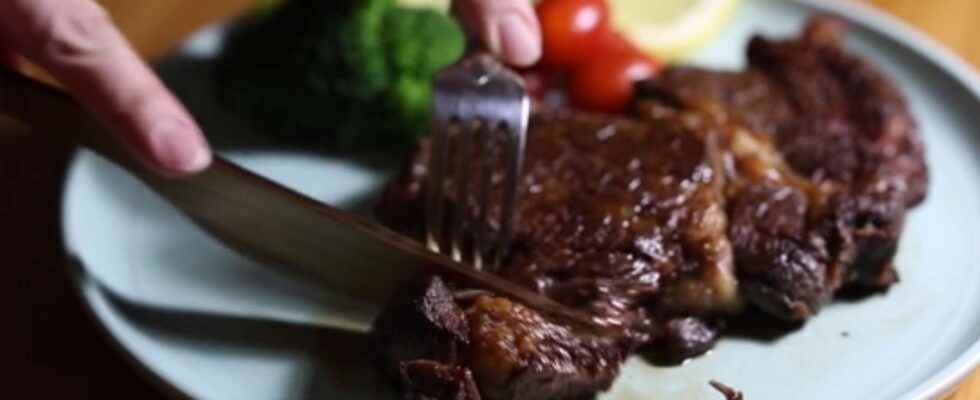Lightweight, renewable, ecological, wood is the ideal material. But it is possible to considerably improve its mechanical properties and its plasticity thanks to shock treatments. Enough to make kitchen knives 23 times harder, or nails that won’t rust.
You will also be interested
[EN VIDÉO] Make the wood transparent Researchers at the University of Maryland (United States) propose a simple method to make wood transparent while maintaining its strength and lightness – compared to glass. Hydrogen peroxide, ultraviolet sunlight, ethanol and a little epoxy and you’re done. What to imagine windows, roofs and even entire structures in transparent wood. © Science Advances
Ecological, renewable and locally available, the drink is definitely the material fashionable. In particular, it is increasingly present in construction, where construction projects houses and even wooden skyscrapers multiply. a wooden satellite was even launched this year! Researchers at the University of Maryland have just found a new use for it: kitchen knives. By experimenting with different methods of processing wood, they created a natural material that could be shaped into knives three times sharper than those made from wood. steel, and can even go in the dishwasher.
A chemical bath followed by a thermal shock
Wood is a naturally very resistant material, thanks to the cellulose which represents 40% to 50% of its composition. Cellulose itself has a higher strength / density ratio than many metals, polymers Where ceramics. The problem is that the rest of the wood, made up ofhemicellulose and of lignite which act as a binder, weakens its overall resistance and applications possible. The researchers therefore set out to eliminate these two “troublesome” components while preserving the cellulose structures.
A wooden nail to replace metal.
Nails that won’t rust
First, the lignin and the hemicellulose are decomposed in a hot bath at 100 ° C with the addition ofsodium hydroxide and sodium sulfite. ” Secondly, we cause a “thermal shock” by applying a strong pressure and some heat on wood to remove water and make it denser “Says Teng Li, lead author of the study published in the journal Matter. Once processed and carved into the desired shape, the wood is coated with mineral oil to prolong its duration life and improve its impermeability. The result is a knife that is three times stronger than steel and 23 times harder than raw wood. This “hardened wood” can also be shaped into nails, which have the advantage of not disturbing, says Teng Li. ” This process is also much less energy intensive than for other materials. By comparison, you have to cook the ceramic at over 1,000 ° C. “
Other methods had already been tried to make the wood super-resistant. In 2021, another team from the University of Maryland had succeeded in creating bamboo six times stronger than steel by passing it in the microwave, as well as a wood capable of withstanding to pistol bullets. ” But, generally, the material is very sensitive to size and to small defects present in the wood, such as voids, channels or hollows., explains Teng Li. The two-step process we use virtually eliminates all water-carrying vessels at the microstructural level. “
Molded wood capable of supporting a 1.5 ton car
In a separate study, Liangbing Hu (also a researcher at the University of Maryland), used another method to create heavy-duty wooden structures. As in the previous case, the lignin and hemicellulose are broken down and the wood is dehydrated. But the material is then partially “re-inflated” by selectively reopening vessels in the wood to form thin sheets that deform like an accordion, allowing them to be bent before they dry. When solidified, honeycomb structures are obtained that are up to six times stronger than hardwood, thanks to the formation of hydrogen bonds between the remaining cellulose fibers. A structure 6.5 cm x 6 cm wide and 1.5 cm high is thus able to support the weight of a car of 1.5 tons! ” Thanks to its low density, high mechanical resistance and high plasticity, this molded wood could have applications in construction, furniture or transport as a replacement for aluminum alloys, much heavier and more polluting to manufacture ”, Argues Liangbing Hu.
Interested in what you just read?
.
fs9
